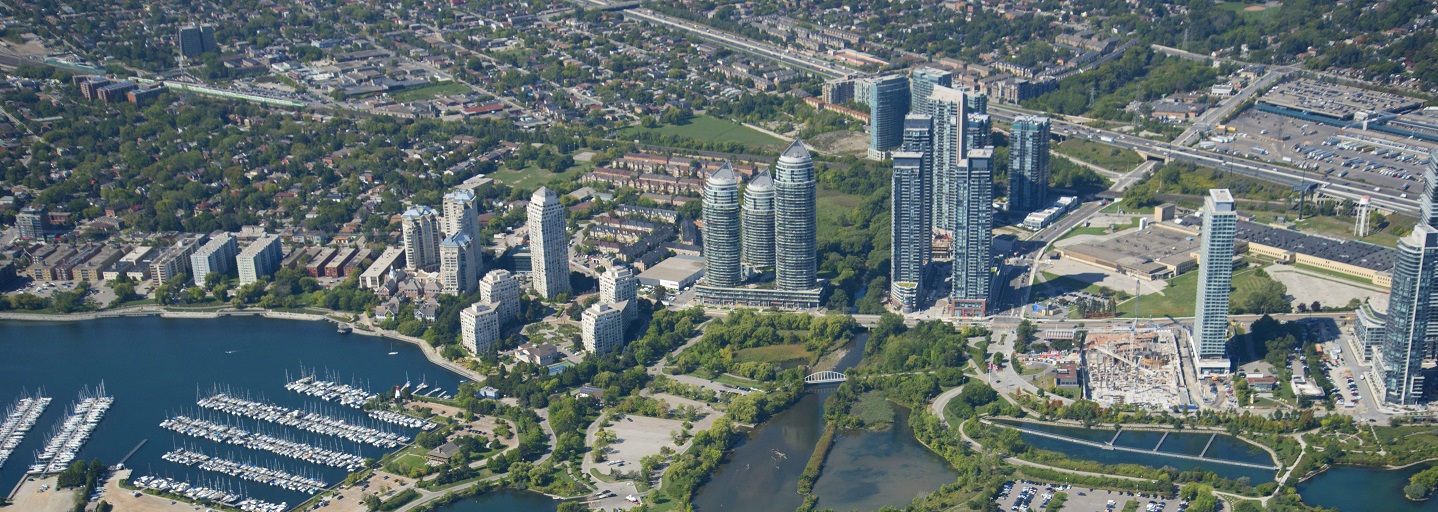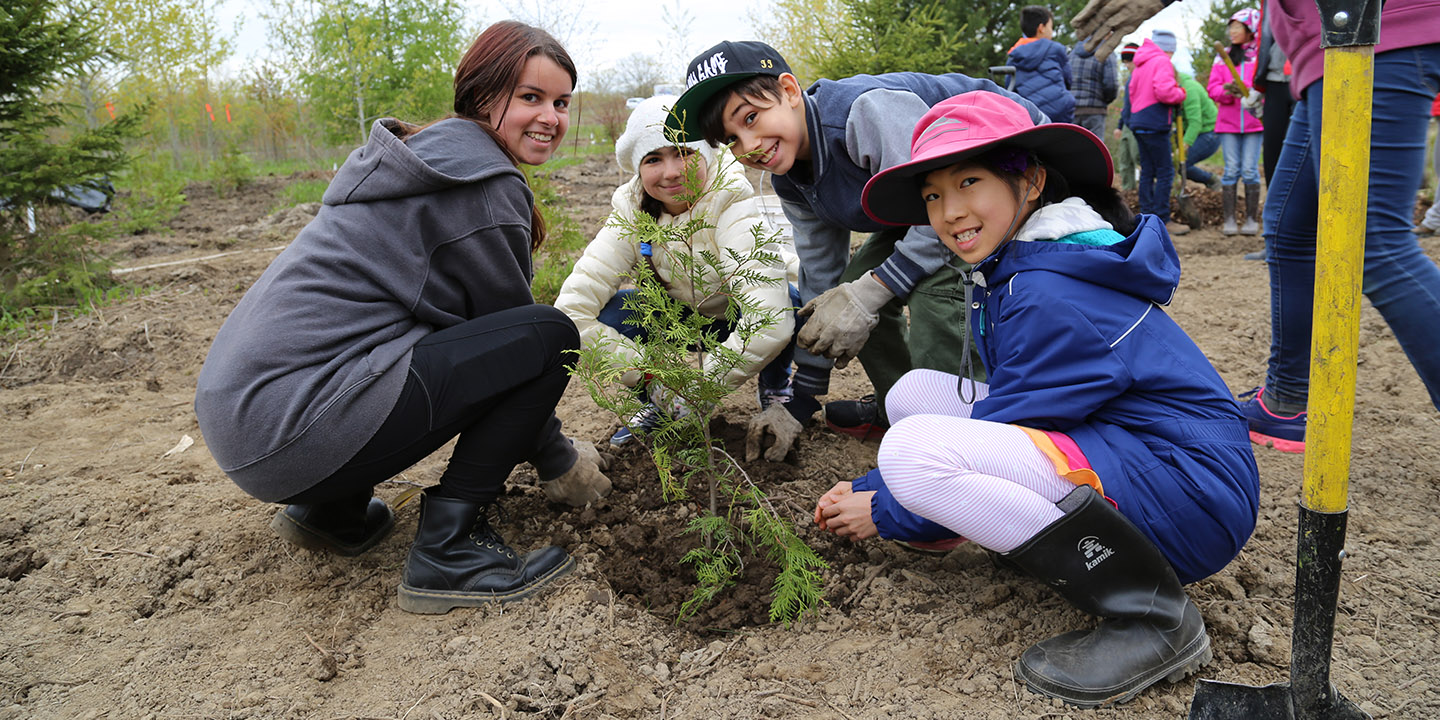Think back to elementary school days. Remember how every term used to end? There was the teacher, handing out report cards: your grades all listed by subject. Some of us looked forward to it, others dreaded it. Either way, it was an important moment.
Useful things, report cards: they make it easy to see your areas of strength and weakness, where you’re succeeding and where you need to work harder. And they make it easy to follow your progress over the years.
Today, Toronto and Region Conservation Authority (TRCA) releases 11 new report cards: one for each of our nine watersheds, one for the Lake Ontario waterfront, and one for our entire jurisdiction, which extends from Etobicoke Creek in the west to Carruthers Creek in the east.
The goal of these report cards is to provide a snapshot of the health of our watersheds and waterfront. The first set of watershed report cards was produced in 2013; this set follows the same methods, allowing for a glimpse of our progress over the last five years.
So what do the report cards show?
- Stormwater runoff is the main contributor to poor water quality in the Toronto Region.
- Chloride from road salt is increasing in streams across the Toronto region and in Lake Ontario.
- Overall forest conditions are poor across the Toronto region. Forest cover ranged from 2% in Mimico Creek to 27% in Duffins Creek.
- Only half of the people in the region are within a five-minute walk (300 metres) of natural cover greater than 1 hectare in size.
- Climate change impacts and urbanization are taking a toll on Ontario’s natural resources.
Overall, the report cards show that our watershed ecosystems continue to be stressed.

The Mimico Creek watershed grades ‘Very Poor’ for forest cover, at just 2%.
OK, but it can’t all be bad news, can it?
Absolutely not! Here’s some good news:
- Almost all (94%) of the groundwater monitoring wells across the jurisdiction received an ‘A’ grade for nitrates, and 60% of the wells received an ‘A’ grade for chloride.
- Waterfront beaches monitored in Toronto and Durham were considered safe for swimming 85% of the time (2012-2016).
- Streamside cover has increased by 4-5% in the Etobicoke Creek and Mimico Creek watersheds –- a sign of improvement in two very urban watersheds.
- Grades improved slightly in Mimico Creek and Don River for surface water quality, and in Etobicoke Creek for forest conditions.
- Duffins Creek continues to have the highest amount of natural cover at 42% — of which 27% is forest cover.
- Approximately 750 hectares of land was restored to wetland or natural cover from 2011 to 2015.
- Several areas along the waterfront are used by nesting barn swallows, a threatened species in Ontario. River otter sightings have also increased along the waterfront.
- Ontario’s largest and only completely aquatic salamander, the mudpuppy, has been found in the Humber River. Mudpuppies are rare in Ontario, particularly in the GTA, and are considered sensitive to pollution.

The mudpuppy, an aquatic salamander typically rare in Ontario, has been found in the Humber River.
So what can I do to help improve the grades for Toronto region watersheds and waterfront?
- Plant native trees, shrubs, and flowers on your property.
- Create natural landscapes to filter stormwater.
- Reduce or eliminate the use of deicing salt, pesticides, and fertilizers that can contaminate water.
- Direct downspouts away from paved areas, install a rain barrel, or build a rain garden to reduce stormwater runoff from your property.
- Help reduce your carbon footprint by driving less and using less energy.
- Never dump anything down a storm drain. Dispose of chemicals properly through household hazardous waste days or drop-off locations.
- Encourage your elected officials to “Go Green”.
- Volunteer for community tree plantings, litter pick-ups, or other stewardship events.

Taking part in TRCA stewardship events is one great way to help improve watershed grades.
Where can I get more information?
Check out TRCA’s 2018 watershed report cards HERE. You can view report cards from other conservation authorities HERE.
– By Angela Wallace, Project Manager, Watershed Reporting TRCA